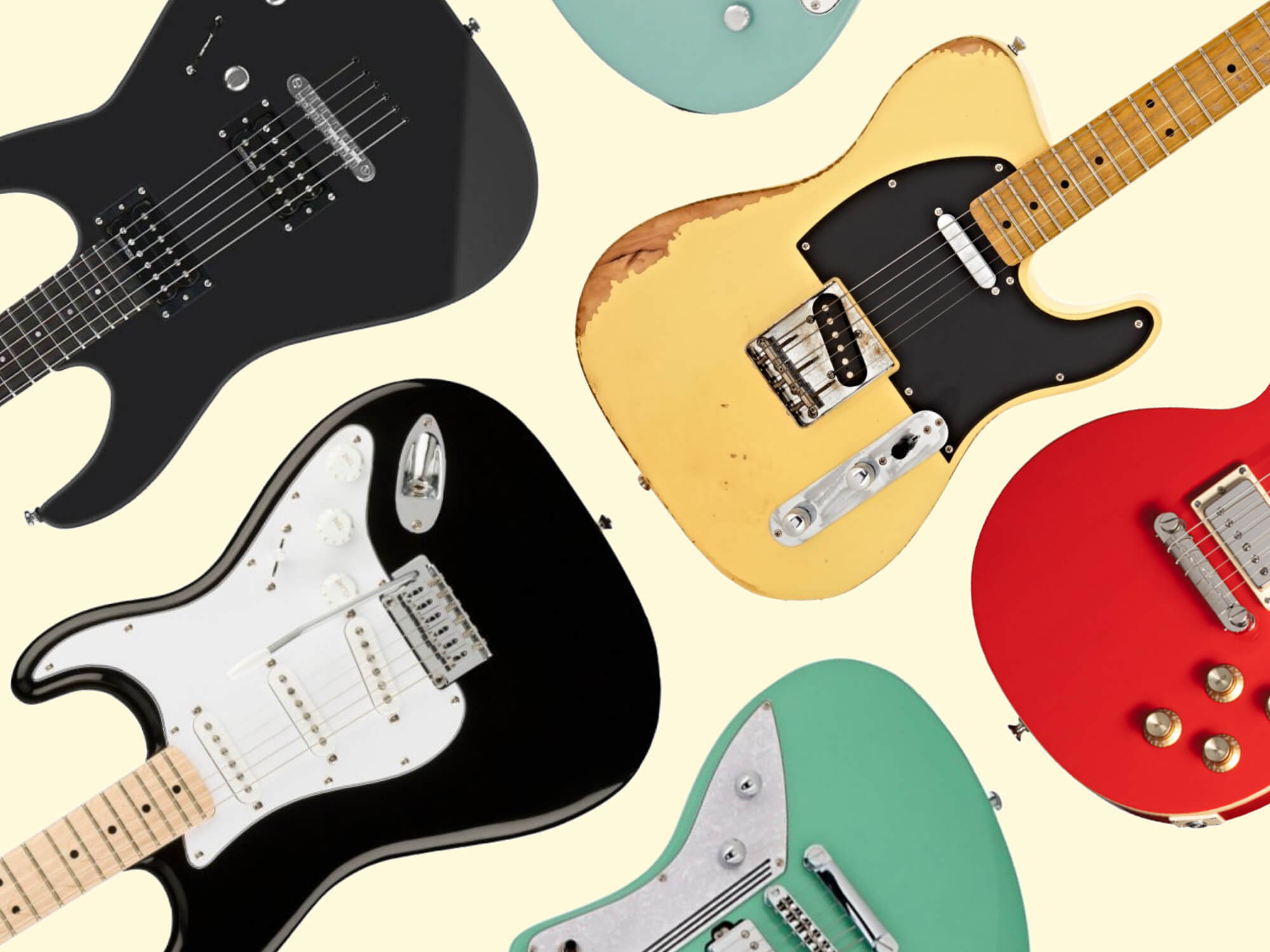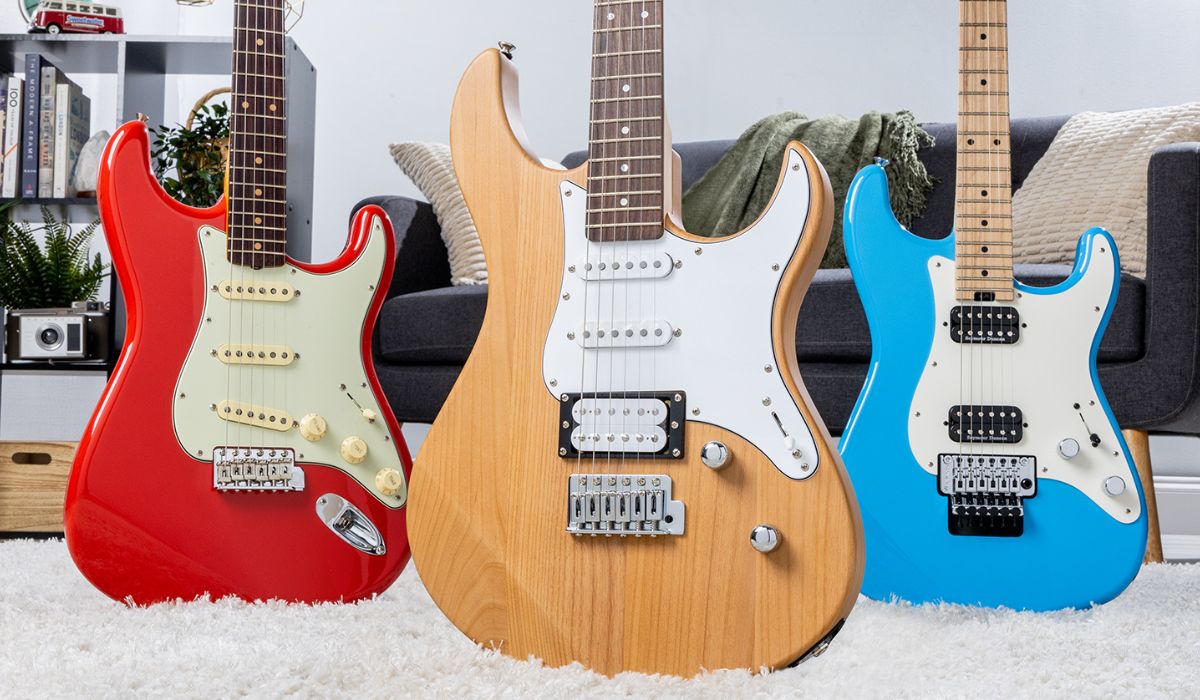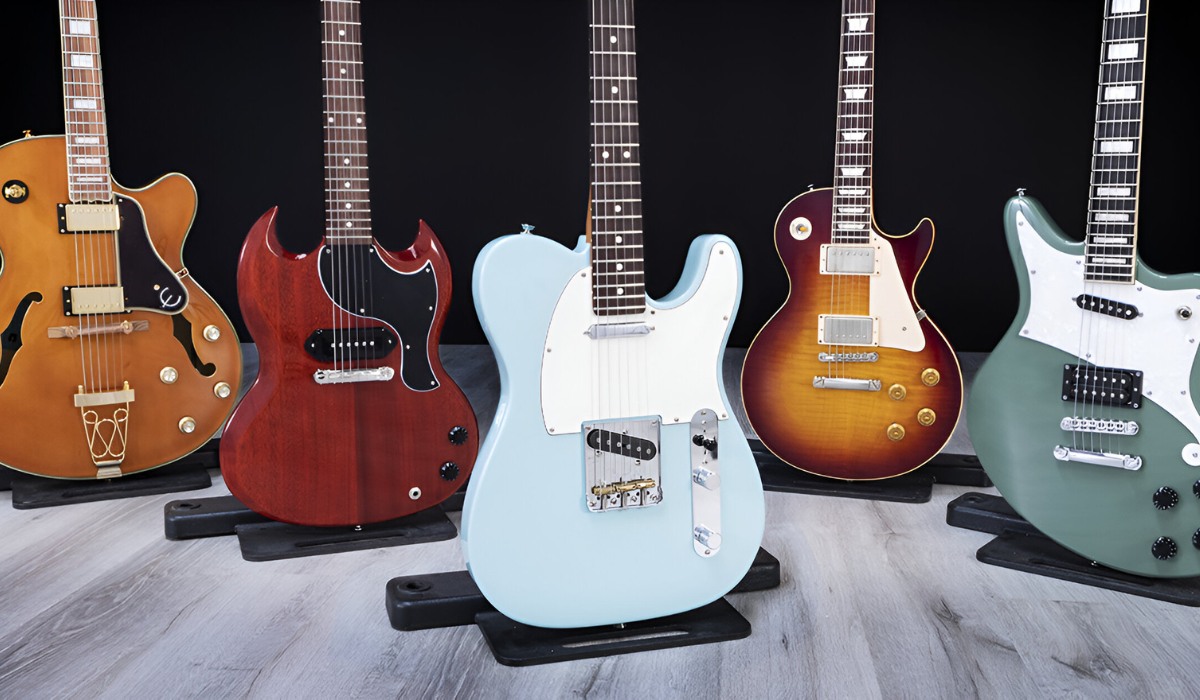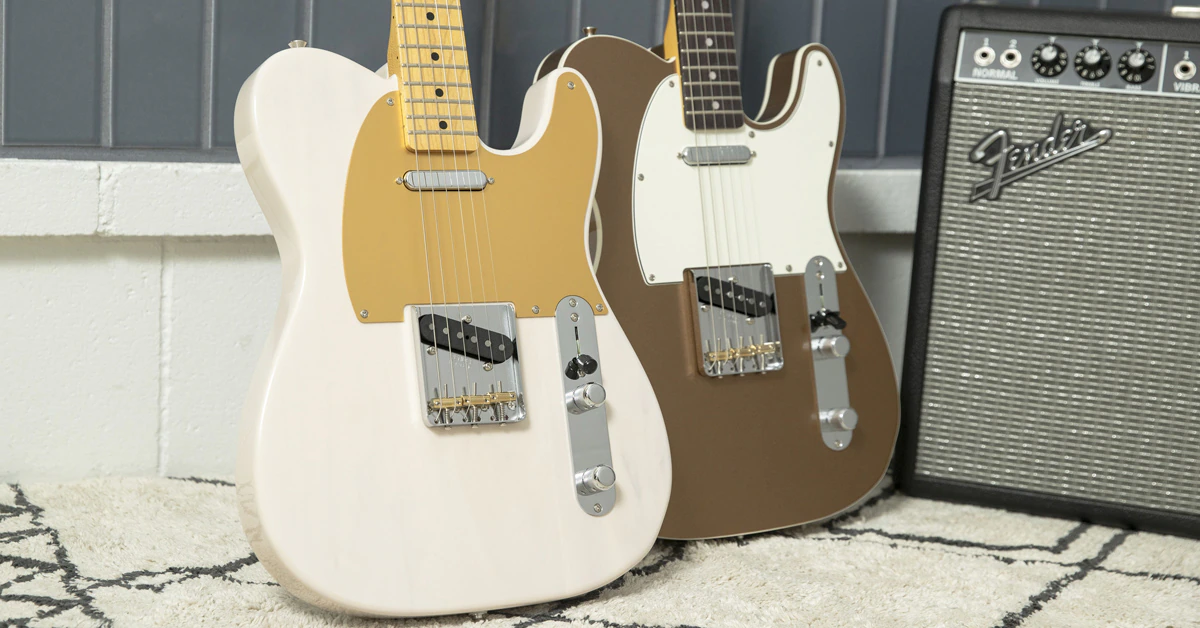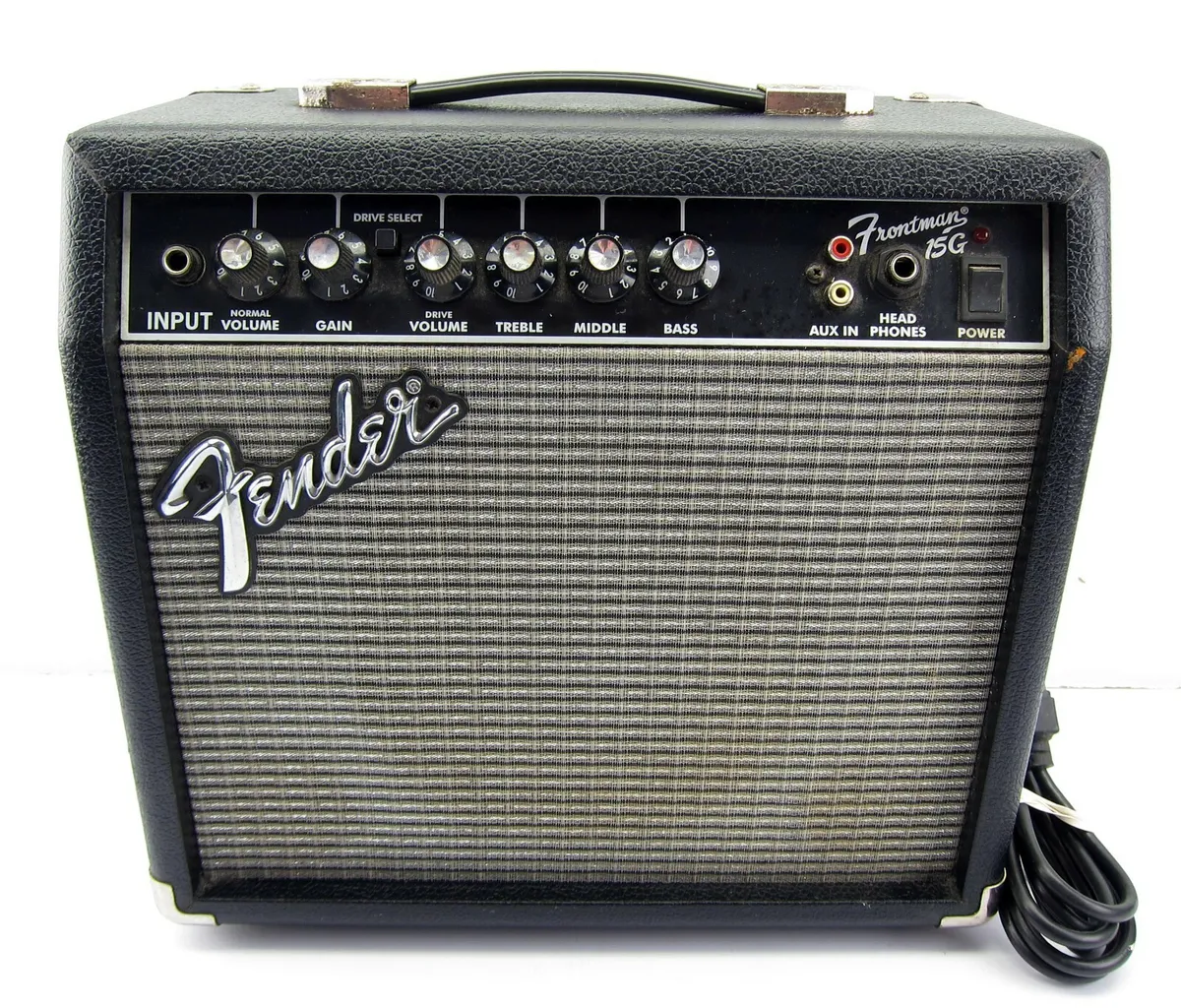Introduction
Choosing the Best Electric Guitar for Beginners
So, you've made the exciting decision to learn to play the electric guitar. Congratulations! As you embark on this musical journey, one of the most crucial decisions you'll face is selecting the right electric guitar for your needs. With a plethora of options available on the market, it's easy to feel overwhelmed. However, fear not, as this guide is designed to demystify the process and help you make an informed decision.
Whether you dream of shredding like your favorite rock star, strumming soulful blues, or creating catchy pop riffs, the type of electric guitar you choose will significantly impact your playing experience. From body types and pickups to neck and string variations, each component contributes to the overall sound and feel of the instrument. By understanding these key elements, you can confidently navigate the vast array of electric guitars and find the perfect match for your musical aspirations.
In the following sections, we'll delve into the various factors to consider when selecting an electric guitar for beginners. By exploring the differences in body types, pickups, neck designs, and string variations, you'll gain valuable insights to guide your decision-making process. Whether you're drawn to the classic elegance of a hollow-body guitar, the versatility of different pickup configurations, or the playability of various neck profiles, this comprehensive guide will equip you with the knowledge needed to make an informed choice.
Remember, the best electric guitar for beginners is one that resonates with your musical preferences, inspires creativity, and encourages you to pick it up and play. So, let's embark on this exploration of electric guitar fundamentals and set you on the path to finding the perfect instrument to fuel your musical journey.
Electric Guitar Body Types
Understanding the Foundations of Electric Guitar Design
When it comes to electric guitars, the body type plays a pivotal role in shaping the instrument’s tonal characteristics and overall feel. As a beginner, familiarizing yourself with the common electric guitar body types will empower you to make an informed choice that aligns with your musical preferences.
1. Solid-Body Guitars: These guitars feature a solid piece of wood for the body, offering a robust and resonant sound ideal for various genres, including rock, metal, and blues. The iconic Fender Stratocaster and Gibson Les Paul exemplify the enduring popularity of solid-body designs.
2. Hollow-Body Guitars: Known for their warm, rich tones and acoustic-like resonance, hollow-body guitars are favored in jazz, blues, and classic rock genres. The hollow cavities within the body contribute to their distinctive sound, with models like the Gibson ES-335 epitomizing the allure of hollow-body instruments.
3. Semi-Hollow Guitars: Combining elements of both solid-body and hollow-body designs, semi-hollow guitars offer a versatile sonic palette. They deliver the sustain and feedback resistance of solid-body guitars while retaining some of the warm, resonant qualities associated with hollow-body instruments. Popularized by the likes of the Gibson ES-335 and the Epiphone Casino, semi-hollow guitars are celebrated for their tonal flexibility.
As a beginner, consider the musical styles you aspire to play and the sonic characteristics you value. Solid-body guitars excel in high-gain scenarios and offer exceptional clarity, making them well-suited for rock and metal. Conversely, hollow-body and semi-hollow guitars thrive in genres that demand warm, expressive tones and acoustic-like resonance.
By understanding the sonic attributes and stylistic associations of different electric guitar body types, you can narrow down your options and select a guitar that resonates with your musical aspirations. The body type serves as the foundation of the instrument, shaping not only its sound but also its aesthetic appeal and ergonomic comfort, all of which contribute to an enjoyable playing experience for beginners.
Electric Guitar Pickups
Unveiling the Heart of Electric Guitar Tone
At the core of an electric guitar’s sonic identity lie the pickups, which serve as the primary transducers responsible for converting string vibrations into electrical signals. Understanding the distinct characteristics of different pickup types is essential for beginners seeking to sculpt their desired tonal palette.
1. Single-Coil Pickups: Renowned for their bright, clear, and articulate sound, single-coil pickups are favored for genres such as blues, rock, and country. They exhibit a crisp attack and transparent tonal quality, exemplified by the classic Stratocaster and Telecaster models from Fender.
2. Humbucking Pickups: Designed to mitigate the inherent hum and noise found in single-coil pickups, humbuckers deliver a thicker, warmer, and more powerful sound. Widely embraced in rock, metal, and jazz genres, humbuckers offer enhanced sustain and a robust midrange, as showcased in iconic guitars like the Gibson Les Paul and SG.
3. P-90 Pickups: Positioned between single-coil and humbucking pickups, P-90s combine elements of both, yielding a versatile sonic character. They deliver a balance of clarity and midrange punch, making them well-suited for blues, rock, and alternative music. Notable for their distinct tonal texture, P-90 pickups are celebrated for their dynamic response and expressive tonal range.
As a beginner, exploring the tonal nuances and sonic capabilities of different pickup configurations will enable you to align your choice with the musical styles you aspire to explore. Single-coil pickups offer sparkling cleans and snappy dynamics, making them ideal for genres that demand clarity and twang. Conversely, humbuckers excel in delivering thick, saturated tones with enhanced sustain, catering to the needs of rock and metal players.
By comprehending the sonic attributes of various pickup types, you can make an informed decision that complements your musical aspirations. The pickups serve as the sonic heart of the electric guitar, profoundly influencing its tonal identity and responsiveness. As you embark on your musical journey, consider the sonic characteristics you crave and the genres you aim to explore, allowing your chosen pickups to shape the expressive voice of your instrument.
Electric Guitar Neck Types
Exploring the Path to Comfort and Playability
When selecting an electric guitar, the neck type plays a pivotal role in determining the instrument’s playability, comfort, and overall feel. As a beginner, understanding the distinct characteristics of different neck profiles will empower you to choose a guitar that complements your playing style and ergonomic preferences.
1. C-Shaped Neck: Characterized by a rounded profile reminiscent of a “C,” C-shaped necks offer a comfortable grip and are well-suited for players with smaller hands or those seeking a vintage feel. Favored in genres such as blues, rock, and pop, C-shaped necks provide a familiar and ergonomic playing experience, exemplified by models like the Fender Stratocaster.
2. D-Shaped Neck: Featuring a more pronounced and angular profile, D-shaped necks offer enhanced support for the thumb and are favored by players who prefer a substantial feel in their hands. Commonly found in modern and metal-oriented guitars, D-shaped necks provide stability and facilitate efficient shredding and intricate fretwork, catering to the demands of high-speed playing.
3. V-Shaped Neck: With a distinct “V” profile, V-shaped necks evoke a vintage aesthetic and offer a unique playing experience. Ideal for players seeking a solid grip and a throwback to classic rock and blues styles, V-shaped necks provide a tactile sensation that differs from the more traditional C and D profiles, contributing to a distinctive playing feel.
As a beginner, it’s essential to consider the ergonomic and tonal implications of different neck types. The neck profile significantly influences your playing comfort and hand positioning, ultimately impacting your ability to navigate the fretboard with ease. Whether you prioritize a vintage-inspired feel, modern playability, or a robust grip for aggressive playing styles, the neck type serves as a crucial factor in shaping your overall connection with the instrument.
By understanding the distinct characteristics of various neck profiles, you can make an informed decision that aligns with your physical comfort and playing preferences. The neck type represents a gateway to ergonomic harmony and tactile satisfaction, enhancing your playing experience and empowering you to unleash your musical potential with confidence and ease.
Electric Guitar String Types
Unveiling the Tonal Canvas of String Selection
As a beginner venturing into the realm of electric guitar playing, the choice of strings holds profound significance in shaping the instrument’s tonal characteristics, playability, and overall performance. Understanding the distinctions between various string types will empower you to make an informed selection that aligns with your sonic preferences and playing style.
1. Nickel-Wound Strings: Renowned for their balanced tonal output and versatile playability, nickel-wound strings are favored by players across diverse genres. They offer a smooth feel and articulate response, making them well-suited for beginners seeking a reliable and adaptable string option that accommodates various playing techniques and musical styles.
2. Stainless Steel Strings: Recognized for their bright and crisp tonal character, stainless steel strings deliver enhanced durability and resilience to corrosion. Ideal for players seeking a vibrant and cutting sound, stainless steel strings excel in genres that demand pronounced clarity and dynamic presence, such as rock, metal, and fusion styles.
3. Flatwound Strings: Embraced for their smooth feel and warm, mellow tonal qualities, flatwound strings cater to players seeking a vintage-inspired sound and comfortable playing experience. With a flat, ribbon-like winding, these strings offer reduced finger noise and a distinctively subdued tonal character, making them well-suited for jazz, blues, and soul genres.
4. Coated Strings: Engineered with protective coatings to prolong their lifespan and preserve their tonal integrity, coated strings offer enhanced longevity and resistance to corrosion. They provide a reliable option for beginners seeking extended string life and consistent tonal performance, making them a practical choice for players of various genres.
By delving into the sonic attributes and playing characteristics of different string types, beginners can tailor their electric guitar’s tonal palette to suit their musical aspirations. Whether you prioritize a smooth and versatile feel, vibrant and cutting-edge presence, vintage warmth, or extended durability, the choice of strings serves as a personalized expression of your sonic identity and playing preferences.
Ultimately, as you embark on your musical journey, consider experimenting with different string types to discover the tonal nuances and playing experiences that resonate with your musical vision. The strings represent a direct interface between you and your instrument, shaping the expressive voice of your electric guitar and serving as a conduit for your musical creativity and exploration.
Conclusion
Finding Your Perfect Match
Embarking on the journey of selecting the best electric guitar for beginners is a pivotal step in realizing your musical aspirations. By exploring the foundational elements of electric guitar design, including body types, pickups, neck profiles, and string variations, you’ve gained valuable insights that will guide you toward making an informed and resonant choice.
Understanding the sonic characteristics and ergonomic implications of different electric guitar body types empowers you to align your selection with the genres and tonal qualities that inspire your musical journey. Whether you’re drawn to the robust resonance of solid-body guitars, the warm tonal embrace of hollow-body instruments, or the versatile sonic palette of semi-hollow designs, your chosen body type will serve as the sonic foundation of your musical expression.
Delving into the sonic nuances of electric guitar pickups has equipped you with the knowledge to sculpt your desired tonal palette, whether it’s the bright articulation of single-coil pickups, the powerful warmth of humbuckers, or the dynamic range of P-90s. Your chosen pickups will serve as the heart of your instrument, shaping its expressive voice and responsiveness to your playing dynamics.
Exploring the ergonomic implications of electric guitar neck types has provided you with the insight to select a neck profile that harmonizes with your physical comfort and playing preferences. Whether you seek a vintage-inspired feel, modern playability, or a robust grip for high-speed playing, your chosen neck type will serve as a gateway to tactile satisfaction and seamless playability.
Lastly, delving into the tonal canvas of electric guitar string types has illuminated the diverse sonic and playing characteristics that each type offers. Whether you prioritize balanced versatility, vibrant clarity, vintage warmth, or extended durability, your chosen strings will serve as the direct interface between you and your instrument, shaping its tonal identity and responsiveness to your artistic expression.
As you navigate the myriad options available, remember that the best electric guitar for beginners is one that resonates with your musical vision, inspires creativity, and encourages you to embark on a fulfilling musical journey. By embracing the insights uncovered in this guide, you are empowered to make a choice that reflects your unique sonic identity and paves the way for countless moments of musical inspiration and growth.







